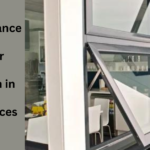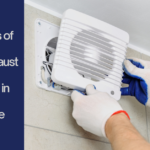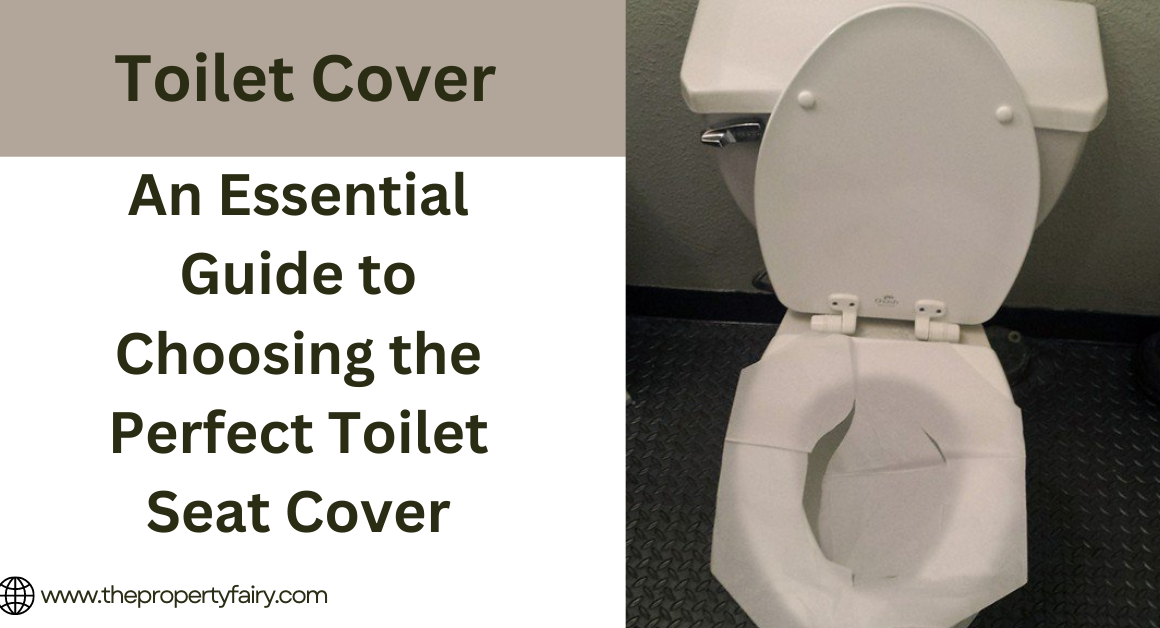Introduction
In our quest for a healthier and more comfortable indoor environment, one element often overlooked is ventilation. The significance of proper ventilation cannot be overstated. As it plays a crucial role in maintaining air quality, regulating temperature and humidity levels, and promoting overall well-being. In this article, we delve into the importance of ventilation. Exploring its benefits, types, and the latest advancements in the field. Join us on this journey as we unveil its power, offering a breath of fresh air for your understanding.
The Importance of Ventilation
It serves as a fundamental aspect of creating a healthy indoor environment. The system circulates fresh air while removing stale air, pollutants, and excessive moisture. Without it, indoor spaces can become breeding grounds for airborne contaminants, leading to a range of health issues such as allergies, respiratory problems, and even long-term complications.
Benefits of Proper Ventilation
Improved Air Quality: These systems are designed to introduce fresh outdoor air and exhaust polluted indoor air, effectively reducing the concentration of pollutants, allergens, and volatile organic compounds (VOCs). It improves air quality, reduces respiratory problems, and enhances overall well-being.
Temperature and Humidity Regulation: These systems aid in regulating temperature and humidity levels within a space. As conditioned air is distributed evenly, hot or cold spots are prevented and a comfortable environment is maintained year-round with proper airflow.
Odor Control: It helps eliminate unpleasant odors by expelling them and introducing fresh air into the space. This is particularly important in areas such as kitchens, bathrooms, and other spaces where odors can accumulate.
Advancements in Technology
As its importance becomes increasingly recognized, advancements in technology continue to revolutionize the field. Here are some notable developments:
Smart Ventilation Systems: Integration of smart sensors, automated controls, and artificial intelligence algorithms allows this systems to adjust airflow based on real-time data, optimizing energy consumption and indoor air quality.
Demand-Controlled Ventilation (DCV): DCV systems monitor occupancy levels, air quality, and other parameters to adjust its rates accordingly. By modulating airflow based on demand, energy consumption is minimized while maintaining a healthy indoor environment.

In the realm of indoor comfort, it plays a pivotal role in ensuring a healthy and pleasant environment. The importance of adequate ventilation cannot be overstated, even though it is often taken for granted. It not only removes stale air and odors but also helps control humidity, prevents the buildup of harmful contaminants, and promotes the circulation of fresh air. You may also visit answertenant for more information.
Types
Natural Ventilation: It harnesses the power of natural forces such as wind and buoyancy to circulate air. It involves the strategic placement of windows, vents, and openings to facilitate the inflow and outflow of air. The use of natural ventilation is highly energy-efficient and can provide a constant supply of fresh air. However, it relies on external factors like wind direction and outdoor air quality, making it less controllable compared to mechanical ventilation systems.
Mechanical Ventilation: It utilizes mechanical devices such as fans, blowers, and ducts to distribute and exchange air. There are several subtypes of mechanical ventilation:
Exhaust Ventilation: It removes stale air from a specific area, typically through the use of exhaust fans. The product is commonly used in kitchens, bathrooms, and other areas prone to high humidity and odors.
Supply Ventilation: Fresh air is introduced into a space through it, usually by means of fans or air handlers. This method helps dilute indoor air pollutants and can be combined with exhaust ventilation for balanced airflow.
Balanced Ventilation: To achieve a balanced airflow, it combines exhaust ventilation and supply ventilation. This approach is beneficial in maintaining a controlled and consistent indoor environment.
Heat Recovery (HRV) and Energy Recovery (ERV): HRV and ERV systems recover the heat or coolness from the outgoing air and transfer it to the incoming air, improving energy efficiency while maintaining ventilation.
Hybrid Ventilation: This system combines the benefits of natural and mechanical ventilation. It utilizes sensors and controls to optimize the use of both natural and mechanical methods, providing energy-efficient and comfortable indoor environments.
Benefits
Improved Air Quality: In indoor spaces, this systems play a crucial role in removing pollutants, allergens, and odors. It helps maintain healthy air quality by ensuring a constant supply of fresh air, reducing the risk of respiratory problems and improving overall health and well-being.
Moisture and Humidity Control: Proper ventilation assists in managing moisture levels by expelling humid air and preventing the growth of mold and mildew. Controlling humidity is crucial for preventing damage to building materials and furniture, as well as for maintaining occupant comfort.
Temperature Regulation: It can aid in regulating indoor temperatures by facilitating air circulation. It helps distribute conditioned air evenly throughout the space, promoting thermal comfort and reducing reliance on mechanical heating and cooling systems.
Odor and Contaminant Removal: This system effectively eliminate unpleasant odors, fumes, and indoor pollutants, ensuring a fresh and inviting atmosphere. This is particularly important in spaces such as commercial kitchens, laboratories, and manufacturing facilities.
Considerations for Effective Ventilation
Proper System Sizing: Correctly sizing the ventilation system according to the space’s requirements is crucial for optimal performance. Factors such as room size, occupancy, and the type of activities performed in the space should be considered to determine the appropriate ventilation rate.
Regular Maintenance: Regular maintenance, including cleaning filters, checking ductwork, and ensuring proper airflow, is essential for the efficient operation of ventilation systems. Neglecting maintenance can lead to decreased performance and compromised indoor air quality.
Energy Efficiency: While it is essential, energy efficiency should also be a consideration. Implementing energy recovery systems, such as HRV and ERV, can help minimize energy consumption while maintaining adequate ventilation.
Integration with Building Design: This systems early in the building design process allows for optimal placement of vents, ducts, and equipment. Collaboration between architects, engineers, and ventilation specialists is crucial to ensure efficient and aesthetically pleasing integration.
In Conclusion
In conclusion, Its role in maintaining a healthy and comfortable indoor environment cannot be overstated. By implementing the right type of ventilation system and considering key factors. Such as air quality, humidity control, and energy efficiency, we can create spaces that promote well-being and productivity. Whether through natural or mechanical means, the art and science of it continues to evolve, promising a breath of fresh air for all who dwell indoors.












